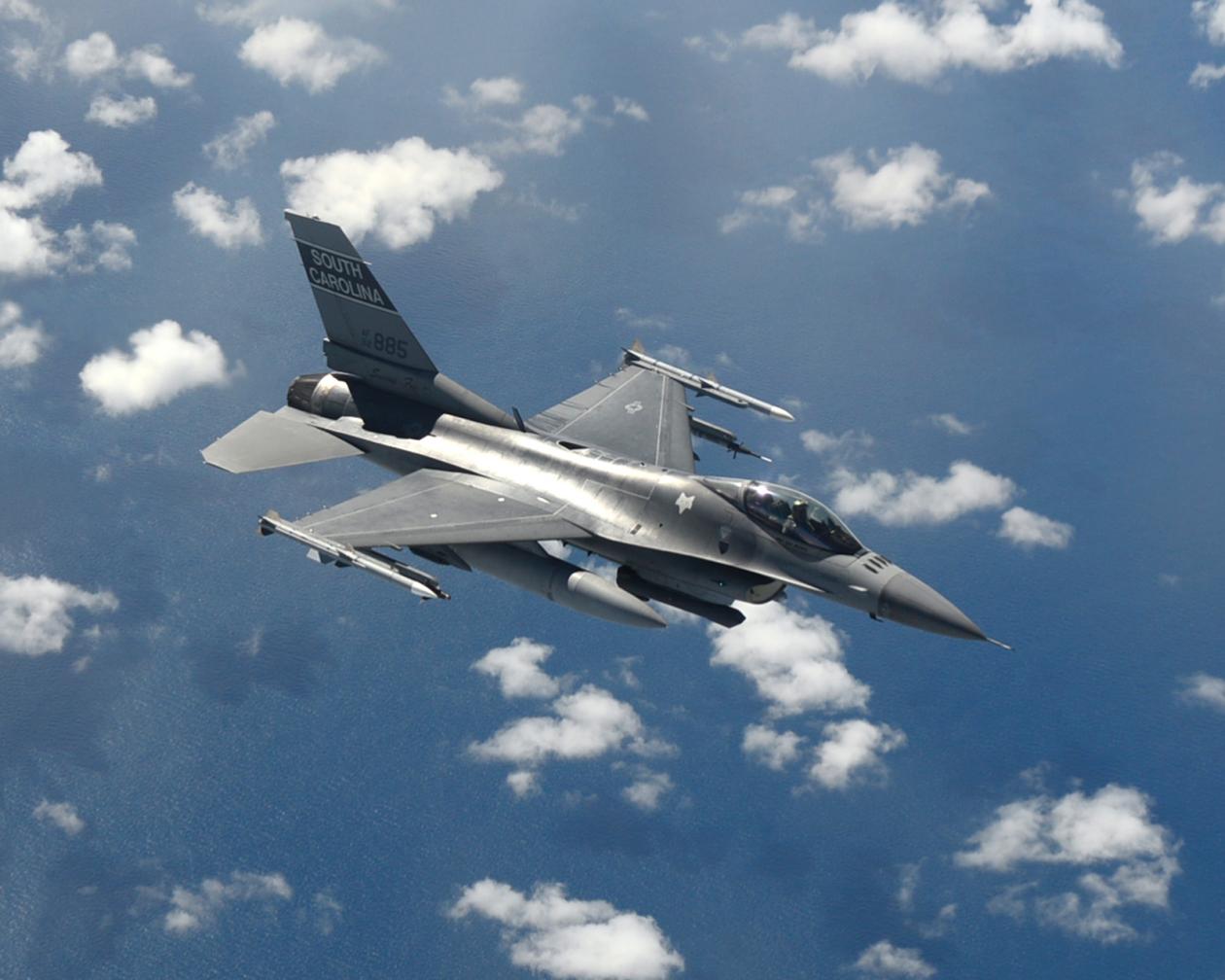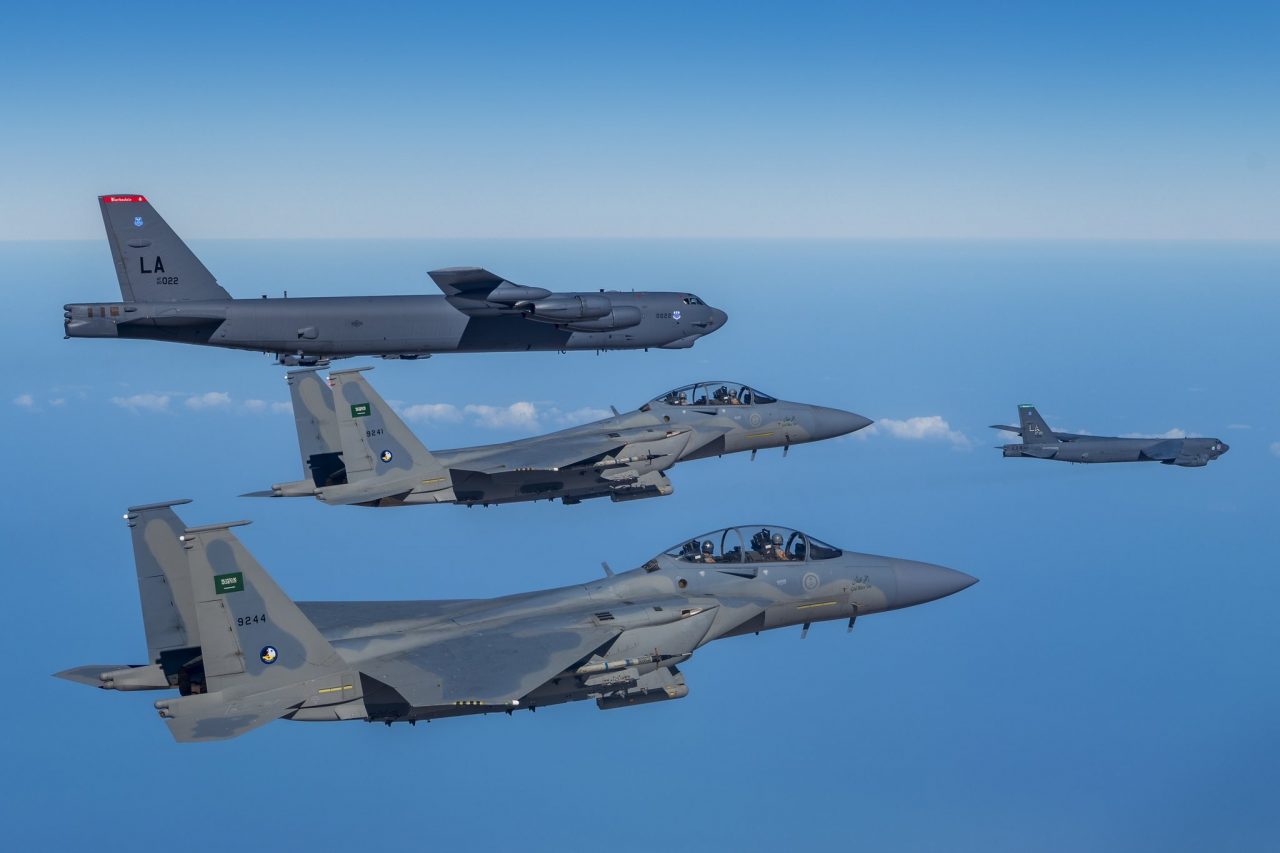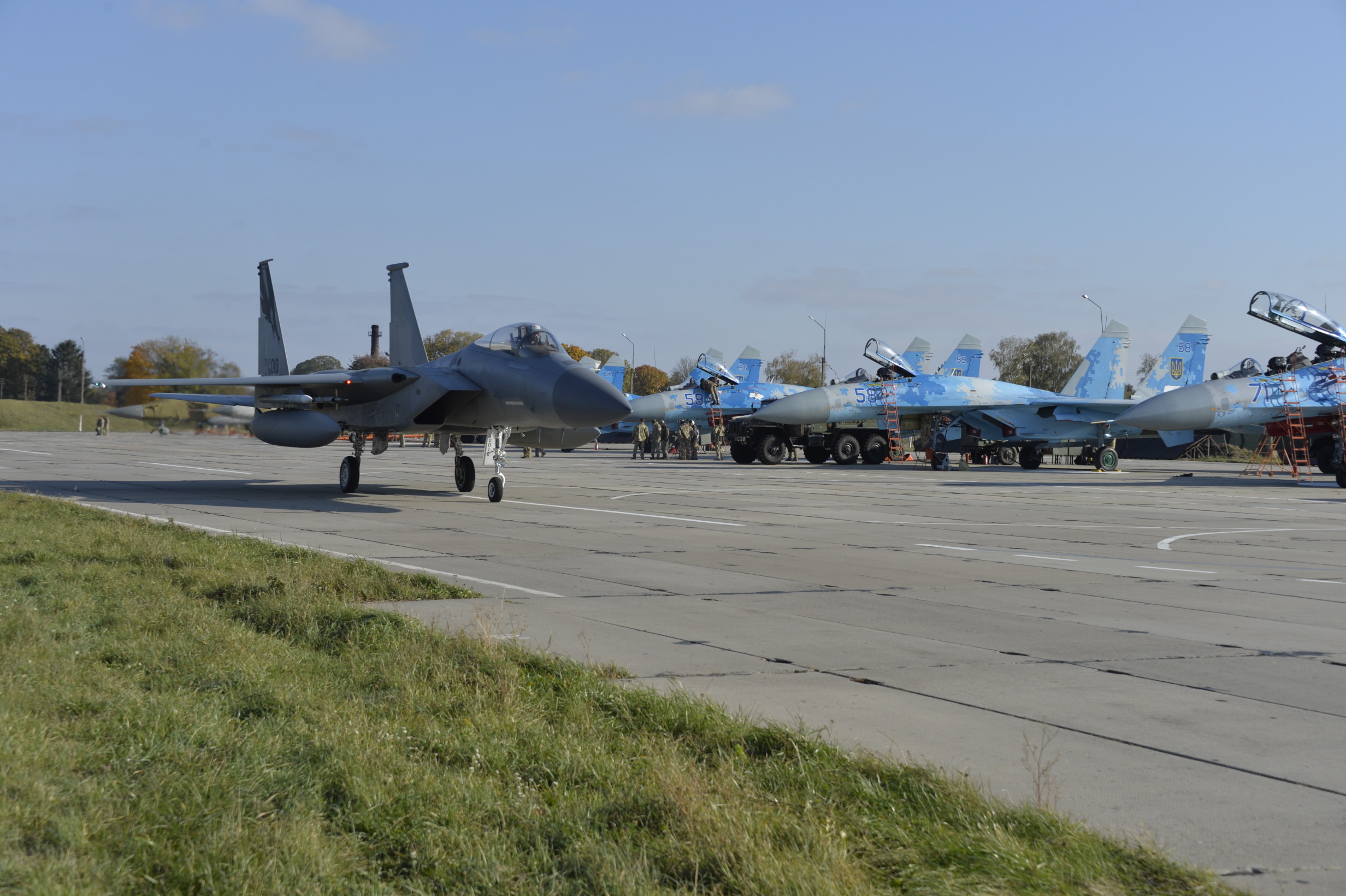F-16 Vs F-15 - Military Aircraft - Mount Cold War aircraft including the B-2, Gripen, F-18E/F Super Hornet, Rafale and Typhoon.
How come anti-skid and leading edge extensions are not implemented on any F-15 model? Even some versions of the F-4 have wings to expand closer to combat capability, the F-5 has LEF and LERX, technology that should have been available when the F-15 was designed.
F-16 Vs F-15
There was a version of the F-15MTD with the Canard and TVC, how did the LEF and LERX turn out since they were never tested?
U.s. Air Force F 22 Raptors Arrive At Osan Air Base > U.s. Indo Pacific Command > News
Attached to the wing of the F-15A is a large fixed geometry wing that sweeps back at a 45 degree angle. The wing area is 608 square meters, which gives a small wing area and high combat power. The wing is set at zero and has a small amount (one degree) of anhedral to reduce stability in the rolling plane. The wing is a multi-unit, three-spar structure with multiple thick skins. Unlike some other modern fighter jets, the F-15A has a standard external aileron and a standard canopy, and no other control surfaces. Notably, no spoilers or extendable front floors were installed. The wing area is sufficient and no block or flap is required to achieve an acceptable low landing speed. The design team ultimately rejected the use of variable camber with moving surfaces at the leading edge and corner of the wing, as a design with a fixed leading edge with cone-shaped camber provided little high drag and only low low drag. Subsonic performance. Both were more advantageous in terms of weight reduction, ease of production and ease of maintenance. Early in the development program, the manufacturer removed three square feet on each side of the wingtip from the fourth plane to solve the problem of severe buffeting above 30,000 feet at speeds between Mach 1 and 2. and 0.95 and 6g or more. This created the wings of the F-15
I also think that anything put forward to change the F-15's intake would make the design more complicated than it is now:
Basher54321 wrote: Assuming you need an F-15.net http://www.joebaugher.com/usaf_fighters/f15_2.html The F-15A has a fixed geometry wing mounted on the shoulder, which is very large and swept back. A 45 degree angle. The wing area is 608 square meters, which gives a small wing area and high combat power. The wing is set at zero and has a small amount (one degree) of anhedral to reduce stability in the rolling plane. The wing is a multi-unit, three-spar structure with multiple thick skins. Unlike some other modern fighter jets, the F-15A has a standard external aileron and a standard canopy, and no other control surfaces. Notably, no spoilers or extendable front floors were installed. The wing area is sufficient and no block or flap is required to achieve an acceptable low landing speed. The design team ultimately rejected the use of variable camber with moving surfaces at the leading edge and corner of the wing, as a design with a fixed leading edge with cone-shaped camber provided little high drag and only low low drag. Subsonic performance. Both were more advantageous in terms of weight reduction, ease of production and ease of maintenance. Early in the development program, the manufacturer removed three square feet on each side of the wingtip from the fourth plane to solve the problem of severe buffeting above 30,000 feet at speeds between Mach 1 and 2. and 0.95 and 6g or more. This created the wings of the F-15
Basically, didn't the F-15 have LEF and LERX to reduce weight and maintenance? It's a bit ugly in my opinion and if LERX and LEF were implemented it would be a better dogfighter than low altitude as they have much less wing weight.
Fighters F16, F15 Cad Blocks Free Download, Drawings
Botsing wrote: The front part of the wings attached to the body is a kind of thick LERX. Check out how they (and the pickups?) produce the rays:
The LERX needs to be sharp to create the tornado, IIRC Johnville said the wing gloves on the F-15 are sharp. It may be able to create a vortex, but much weaker than a proper LERX
Garia wrote: Basically, didn't the F-15 have LEF and LERX to keep weight down and maintain? It's a bit ugly in my opinion and if LERX and LEF were implemented it would be a better dogfighter than low altitude as they have much less wing weight.

The F-5 had a nose and tail extension, but it still lost to the F-15 in the dogfight, I think the strength was due to increased tail stability and T/W.
Te Koop: F 16 Z.g.a.n.
If that was the case with Boyd it might have been, but they probably met USAF requirements and were therefore considered adequate - I remember a comment Harry Hillaker made after meeting with their design team, because they had a low risk of a generic design. Cost and time involved.
I've also read about the compromise - the extent of the radar antenna they wanted to mount in the nose - and if they were to add LEFs, they might have to put the AIM-9s on the side of the tank pylons.
Basher54321 wrote: Also about the compromise - I read that its size dictated the radar antenna they wanted to put in the nose - and if they add LEFs, they might have to put AIM-9s on the drop side. . Tank pillars.
It will also consider the F-4E. In the end, the F-15 always performed well. Even if we assume the added lift will outweigh the extra weight in the turns, adding LEF will reduce acceleration and increase performance.
Here's Why Despite The F 35's 5th Generation Capabilities, 4th Generation Fighters Are Better In Dogfight (and In Other Roles) Than The Lightning Ii
I'd love to see the -229 replaced with C engines to improve consistent performance, but that's an expensive pipe dream. I once got to talk to the F-15 ACTIVE team and asked if they put in -229s and they smiled and said "huge".
Sprsdlyscottsmn wrote: I talked to the F-15 ACTIVE team once and asked if they fielded -229s and they smiled and said "huge".
They may be referring to the -232 with TVC that bench tested to 37 and 150 lbs in the 90's.

P&W previously had a summary of that test, but it was long by the time it was posted. The same engine was tested in the TVC.
F 35 Lightning Ii Vs F 16 Fighting Falcon
Sferrin wrote: They may be referring to the -232 with TVC bench tested to 37 and 150lbs in the 90's.
That's what I guessed too. Think of an eagle with those engines....you have to be very gentle with the gunner behind you or you will be quick on the gas.
Hence, the designers went for a larger wing area and a thicker wing shape. But while this helped, more was needed to compensate for the lack of high-performance direct and tracking equipment. So the next step was to improve the amount of lift available through the ride itself, and adding all the intake ramps was one of the biggest solutions to this = the AoA increases these turns to delay the separation of the boundary layer on the cover, increasing the area of the upper fuse, greatly increasing the lift that would be produced with a fixed intake.
These three things combined, 1) low wing loading 2) thick wing and 3) all motion helped the F-15 achieve a decent lift to weight despite not having fixed wings, and the gear above the lift.
Perbandingan Spesifikasi Antara F 15, F 16, Dan F/a 18
That means any automatic LE & TE slots that aren't fully negated and/or the penalty for losing cover, as a result, the F-15 is well-suited to sustain combat as quickly as other young fighters of various tiers. Medium ITR & STR with low speed.
It would be interesting to see a variable intake with an attachment to rearrange the airflow in them to move them around the center of the body more. They should not change the flow of incoming air.
Rockwell's F-X proposal had a more streamlined design than you described and was aerodynamically unstable in wire flight. It was a sort of development of the A-5. First flown in 1972, the F-15 Eagle entered service with the United States Air Force in 1974. The Eagle's most notable features are its excellent acceleration and maneuverability. It was the first American fighter to have an engine larger than the aircraft's base weight, which allowed it to accelerate during takeoff. Its great power is combined with light weight and large wing area

Sig p365 tulster holster, sig p365 iwb holster, sig holsters p365, sig p365 sas holster, sig p365 xl holster, sig p365 hybrid holster, appendix holster sig p365, safariland holster sig p365, sig p365 belt holster, sig p365 holster, sig p365 purse holster, sig sauer p365 holster

0 Comments